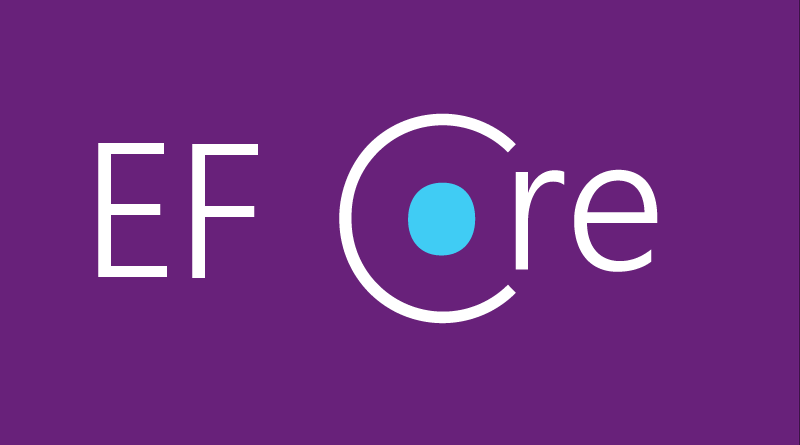
Blazor: Use tag helpers to include java scripts and CSS in your html header
Sometime we want to reuse our Blazor components in another apps, the best way to do this is to create a razor library, this process of create a razor library is not different from create a normal class library to share code. There is only one exception, razor...

Log XPO queries in a Netcore app (3,5,6)
The LogLevel section in the appsettings.json file does not affect the .NET Framework tracing mechanism, which is used by XPO to log the queries, still we have a few work arounds for a Netcore app We can implement our own logger as shown here...

Implementing database synchronization with entity framework core
Deprecated: preg_replace_callback(): Passing null to parameter #3 ($subject) of type array|string is deprecated in /home/jocheojeda/public_html/wp-content/themes/Divi/includes/builder/feature/dynamic-content.php on line 1958

SyncFramework – Adding network support
So far, all our test exists inside the same process, so they communicate through variables, in real-life scenarios nodes won’t exist in the same process and most of the time not even in the same location. The easiest and most standard way to implement client-server...

SyncFramework – Planning the first implementation
Well, it's time to create our first implementation, first, we need a place to store the deltas generated in the process of tracking changes in a data object. To keep the Implementation simple, we will create a delta store that saves the deltas in memory. This delta...

Synchronization Framework Base Classes
Now that we have defined the bases contracts necessary for synchronization, we can define some base classes that implement those contracts, the main idea behind these base classes is to, later on, add the possibility to inject configurations with .net dependency...



